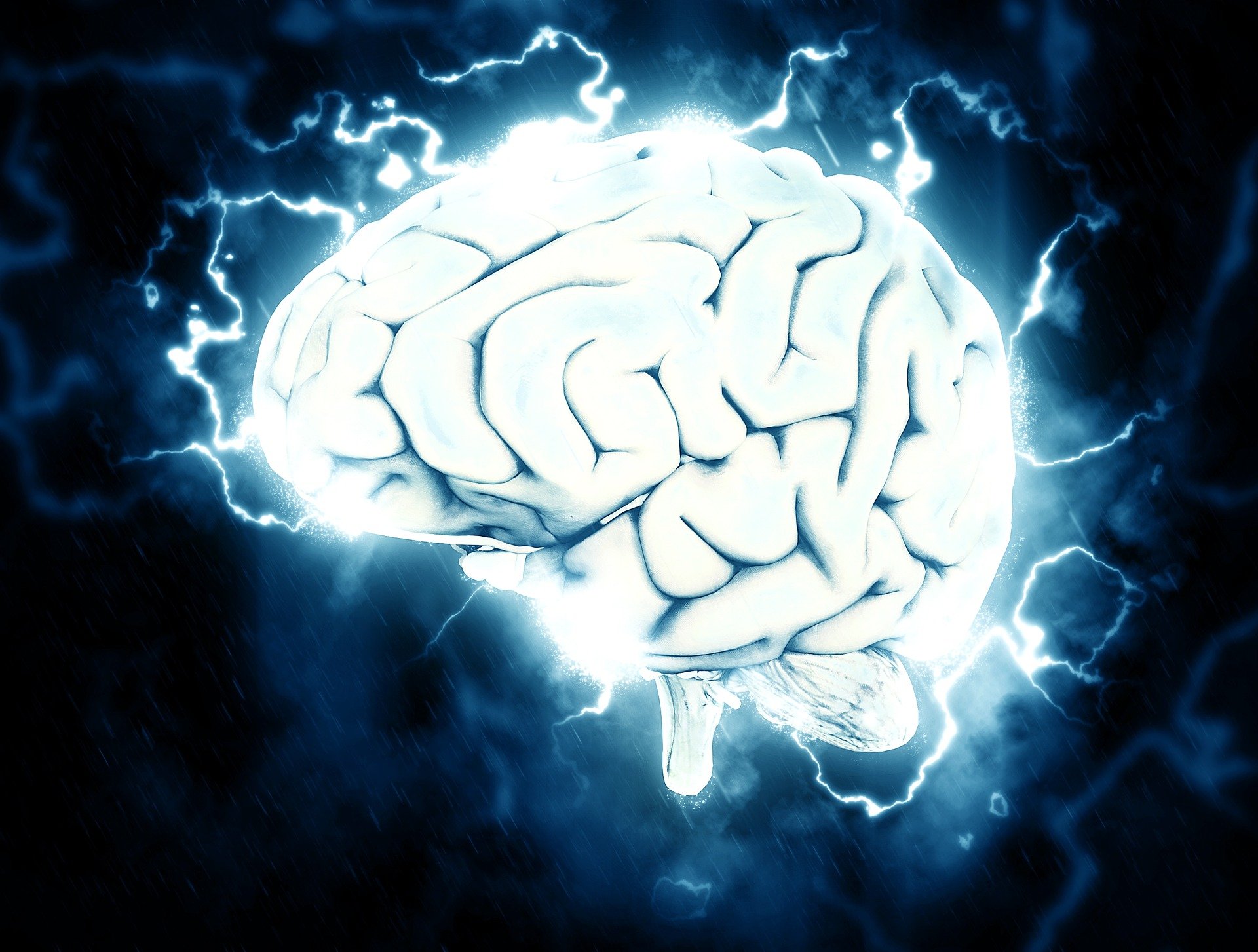
Rigshospitalet, Aarhus University, and T&W Engineering collaborate on a groundbreaking project to develop an ear-EEG device for early detection of Alzheimer’s and Parkinson’s diseases. Funded by a DKK 15 million grant from Innovation Fund Denmark, the device measures brain’s electrical activity and sleep patterns, which can indicate early signs of these neurodegenerative disorders. The project aims to diagnose patients 10-15 years earlier than current methods, allowing for better treatment options. The ear-EEG device is less intrusive than traditional sleep measurements and is equipped with an oximeter, thermometer, and microphone for comprehensive monitoring.
Introducing the PANDA project
The ear-EEG device, known as the PANDA-project device, is designed to be similar to in-ear headphones, making it easy and comfortable for patients to wear. PANDA, which stands for “Progression Assessment in Neurodegenerative Disorders of Ageing”, is a four-year project with a total budget of DKK 26 million. The main focus is to create a simple, at-home solution for early detection and monitoring of Alzheimer’s and Parkinson’s diseases.
Rigshospitalet is responsible for performing clinical tests and collecting data, while T&W Engineering integrates the various sensors into the ear-borne apparatus. Aarhus University develops the biomarker algorithms, and T&W Engineering takes charge of the diagnostic support system used by clinicians.
Why sleep patterns matter
Recent research shows that a person’s sleep patterns can indicate early signs of Alzheimer’s and Parkinson’s disease. Professor Preben Kidmose, head of the Center for Ear-EEG at Aarhus University, explains that these diseases often go unnoticed for years, only being discovered when cognitive, memory-related, or musculoskeletal problems arise. By identifying signs of these diseases 10-15 years before symptoms occur, patients can receive better treatment options.

Professor Poul Jørgen Jennum, Doctor of Medical Science and head of the Danish Centre for Sleep Medicine at Rigshospitalet, believes that ear-EEG technology can replace existing, more troublesome sleep monitoring. The aim is to make the technology simple enough for patients to use at home and over a longer period of time, allowing for the identification of early signs of Alzheimer’s and Parkinson’s disease.
Benefits of Home Health Care Technology
T&W Engineering’s vision aligns with the development of home health care technology. The company specializes in portable health technologies that provide an accurate picture of patients’ health and allow for more effective patient care, preferably at home. Richard Tøpholm, CEO of T&W Engineering, explains that they aim to support a patient-centric and data-driven healthcare system, with technological solutions in patients’ homes to reduce the need for hospital visits.
Current methods for dementia diagnosis and monitoring are not scalable and not suitable for repeated measurements to trace or monitor disease progression. By developing home-based solutions, health profiles can be improved, leading to earlier diagnosis and better treatment options for patients.
Impact on Patients and Healthcare
Alzheimer’s and Parkinson’s diseases are not only a growing financial burden for the healthcare sector, but also a significant challenge for patients and their families. In Denmark alone, approximately 12,000 people have a Parkinson’s diagnosis, while over 100,000 are living with dementia. The Alzheimer’s Association estimates that only 40% of Danish women with dementia have been diagnosed, with the figure for Danish men around 60%.
By introducing the ear-EEG device as a home-based screening tool, patients can be diagnosed more easily and earlier than today. This would greatly benefit both patients and healthcare systems, reducing the impact of these serious brain diseases on individuals, families, and society as a whole.

